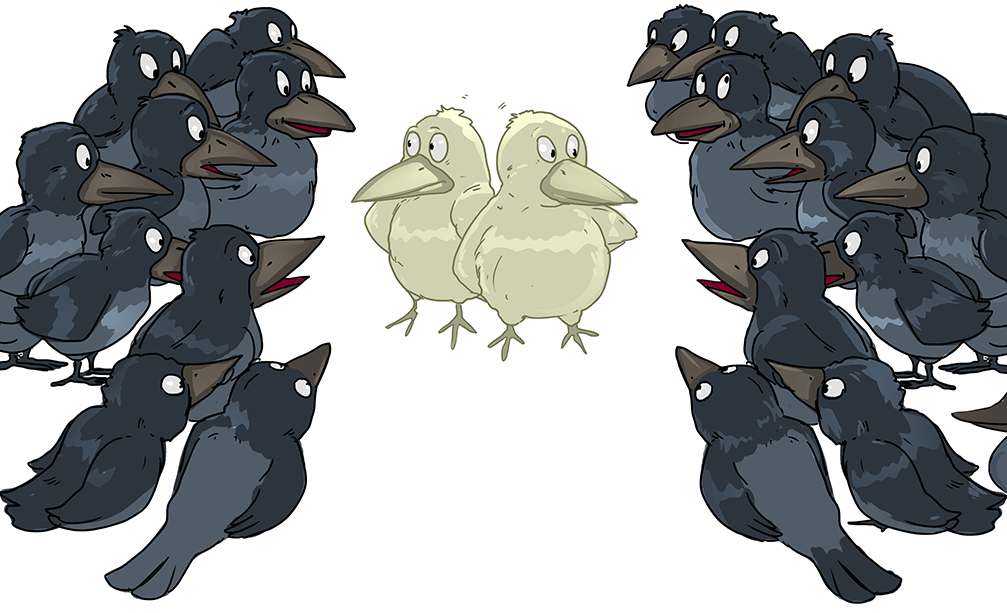Sociolinguistics
"I say tomato, you say tomato"
"I say tomato, you say tomato"
In many societies more than one language or language variety is spoken. Such societies are multilingual and have to make choices regarding language policy, which is a set of measures that favor or discourage the use of particular languages. Many nations use language policies to promote one official language as the national language at the expense of others. Other countries try to protect and promote regional and ethnic languages. Some countries choose a multilingual model such as Switzerland with its four official languages or Canada with French and English. This language policy encourages bilingualism both at the institutional and individual levels.

When one language becomes the national language, others are considered to be minority languages. Some language policies support and protect minority languages by national or international legislation. Others favor linguistic discrimination and suppression of language rights to limit or even forbid the use of minority languages. Some minorities are extensions of linguistic territories from neighboring countries (like Slovenes or Germans in Northern Italy) or the result of immigration (Albanians and Croats in Southern Italy, Romani peoples everywhere) or historic events (such as the expulsion of Jews or colonization by Romans in the Balkans: Vlachs, Aromunians).
Another kind of indigenous linguistic minority is exemplified by Friulians and Ladinos in Italy, who speak languages that are different from Italian, but which are of the Romance stock, like Italian itself. Italy is actually home to many Romance languages and is perhaps in linguistic terms the richest country in Europe. Examples of such vernacular languages include Sardinian, Piedmontese and Neapolitan among others. These developed independently from Latin in the same way as did Tuscan Italian. They are, technically speaking, not Italian dialects but regional languages. They have distinct typological and historical identities but they are not recognized as minority languages for various reasons, one being a lack of desire for such recognition by their speakers. But this is at least partly the result of a monolinguistic model of language policy which dictates that Italian is the sole language of the state.

Language users do not always speak a standard language, but instead use a dialect, that is a regional or class related language variety with somewhat different vocabulary, pronunciation or grammar. They may also have an accent, which is a variety of the same language that differs chiefly by pronunciation. Accent as a term for language variety can refer to an accent of a dialect (as they have different local realizations) or to an accent of the standard variety, which is simply the dialect with the highest social prestige, carefully developed for various higher social functions of social communication: formal or informal; written or spoken. The pronunciation, vocabulary, grammar and writing conventions of a standard language are also explicitly fixed as a more or less obligatory norm for all users, at least in formal communication. Language can also show many variations according to the social position of the users. Working class people speak differently than the upper classes (both in dialect and in standard language). There can also be differences between younger and older, male and female speakers or other social groupings. Younger people and professional communities use a kind of specialized language like lawyers’, doctors’ or thieves’ jargon, street language or youth slang. The technical term for such a language form is a sociolect, that is a social variety of language.
A good homework assignment would be reading Bernard Shaw’s play Pygmalion or seeing it live.